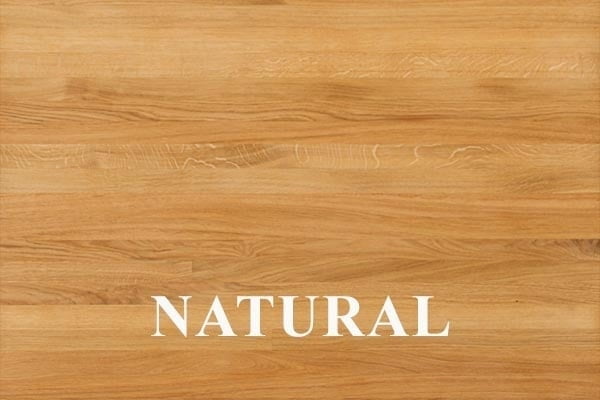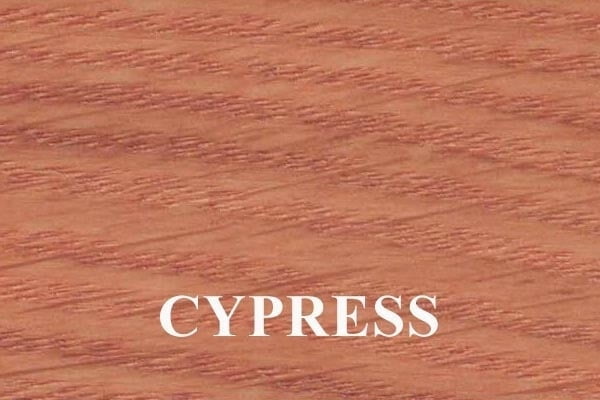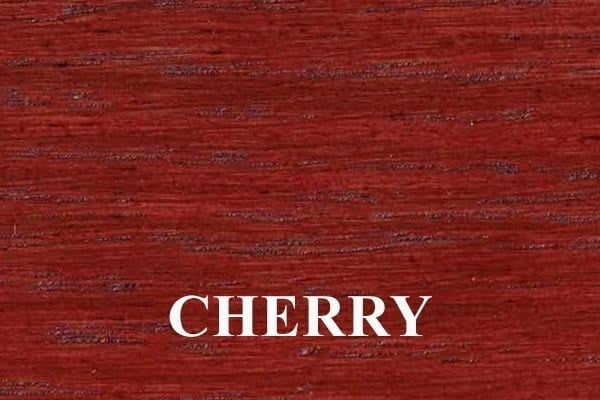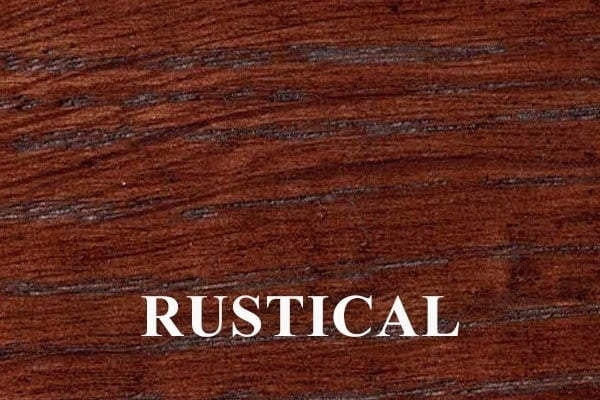Lacquered or oiled oak furniture – how choose to wood protection?
In our production, in addition to the best material, we place great emphasis on its final finishing: the ideal choice of colors and the quality of the coatings used. Varnished or oiled oak furniture – this is often a nagging question for every customer, which option of wood protection to choose. During the selection, it should also be remembered that the choice of coating largely determines the further care of the table, since we will take different care of varnished versus oiled wood.
Below we will present the advantages and disadvantages of varnished and oiled wood and tell you about the oils and varnishes we use. Our oils penetrate into the wood emphasizing its character, give smoothness additionally impregnate and protect the surface. In addition, they are all FDA-certified by the U.S. Food and Drug Administration, confirming their acceptability for use together with foodstuffs. We also use varnishes that protect surfaces in terms of abrasion and absorption resistance, while being safe for users. The varnishes we use can be used to paint products intended for contact with children and food.
Wood color swatches – LINK – are certainly a great help when choosing the wood color of your furniture, as they give you the opportunity to see and evaluate the color live! If you are thinking about choosing a wood color, these samples will certainly help you make that decision! Remember that ordered samples can be returned and we will refund you the cost of their purchase.
LACQUERING
Lacquers protect wood from outside, creating a thick outer layer.
Advantages:
| Disadvantages:
|
OILING
Oils protect wood from the inside without forming hermetically protective coating.
Advantages:
| Disadvantages:
|
Certificates confirming the quality and approvals of our oils and lacquers, you can find in links below:
| Certificate FDA – oils | Certificate contact with food – lacquers |

































